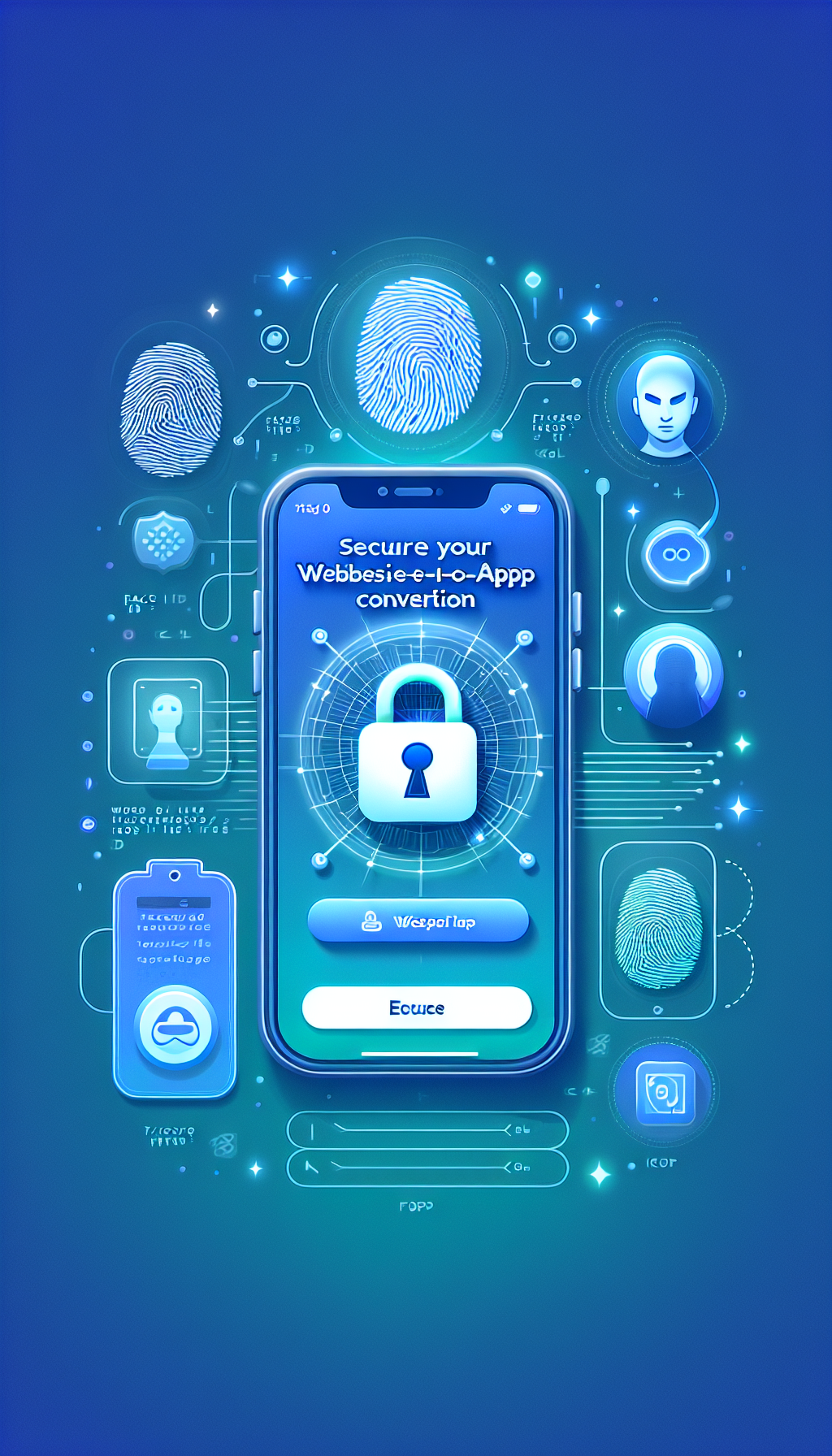
As technology advances, maintaining robust security in your mobile applications becomes increasingly vital. When converting your existing website into an iOS application using WebView, integrating bio authentication options such as Face ID and Touch ID doesn’t just improve user convenience; it significantly enhances app security. Especially if you manage sensitive user data or offer secure online services, utilizing biometric authentication features can reassure your users and provide an additional layer of protection against unauthorized access.
Why Use Bio Authentication (Face ID & Touch ID)?
Face ID and Touch ID are advanced biometric technologies provided by Apple, allowing users to authenticate themselves quickly through facial recognition or fingerprint scanning. These methods are reliable, user-friendly, and far more secure than traditional password security methods. By incorporating biometric authentication, you offer your users a seamless login experience, eliminating the need for complicated passwords while simultaneously strengthening your app’s overall security.
Advantages of Integrating Face ID & Touch ID in Your WebView App
- Enhanced Security: Biometric data is unique to each individual, making it extremely difficult for unauthorized users to bypass authentication.
- User Experience: Users find biometric logins convenient and faster compared to traditional password entry.
- Cost Efficiency: Reduced password resets and support requests save your users and your support team valuable time and resources.
- Competitive Edge: Apps offering biometric authentication have a distinct advantage over those relying solely on traditional authentication methods.
How to Integrate Face ID & Touch ID into Your iOS WebView App
When you’re converting your website into an app using WebView, you’ll typically rely heavily on web-based components inside a native iOS shell. Thankfully, integrating biometric authentication such as Face ID and Touch ID within this setup is straightforward. Here is a simplified overview of how this process works:
- Set Up Local Authentication Framework: In your Xcode project, ensure the LocalAuthentication framework is added to your project.
- Implement Local Authentication Logic: Implement logic to invoke biometric prompts, verifying the user’s identity before granting access to sensitive portions of your app.
- Communicate via JavaScript Bridge: If necessary, establish communication between your WebView content and your native app logic using JavaScript-native bridges to trigger biometric authentication directly from web pages.
Simplify Your Transformation with WebViewGold
If you want to simplify the entire process and still harness biometric authentication capabilities, consider an intuitive tool like WebViewGold. While primarily known as a user-friendly solution to quickly convert your website into fully functional Android apps, WebViewGold also streamlines the transition from website to app on iOS. Its extended functionalities and easy integration steps enable quick implementation of enhancements such as biometric authentication (Face ID & Touch ID) without extensive coding knowledge.
Best Practices When Using Face ID & Touch ID
- Provide a Fallback Option: Always offer alternative authentication methods, like passwords or PINs, for scenarios when biometric verification fails.
- Clearly Explain Usage: Inform users about how their biometric data will be used and protected.
- Test Thoroughly: Conduct thorough testing across multiple devices to ensure smooth functionality for all users.
Conclusion: Secure and Enhance Your iOS WebView Application
The integration of Face ID and Touch ID in your WebView-based iOS app offers enhanced security, improved user experience, and clear competitive advantages. By leveraging frameworks such as Apple’s LocalAuthentication API and utilizing solutions like WebViewGold, you can easily provide this sophisticated functionality. This ensures your website-to-app conversion not only delivers exceptional performance but also maintains industry-leading security standards.

Leave a Reply